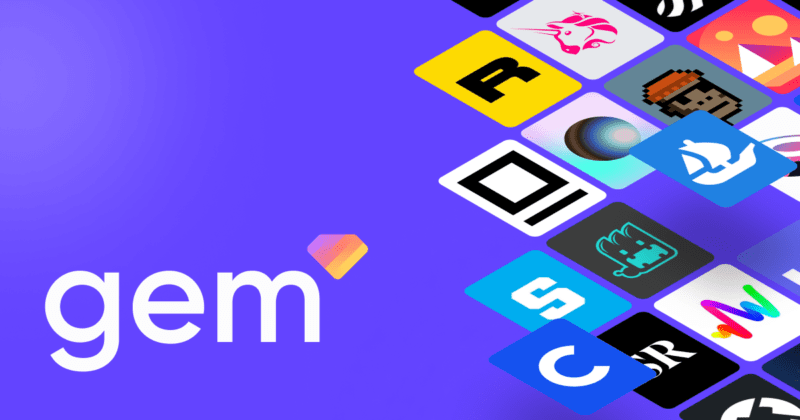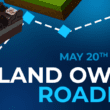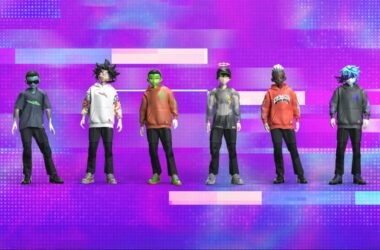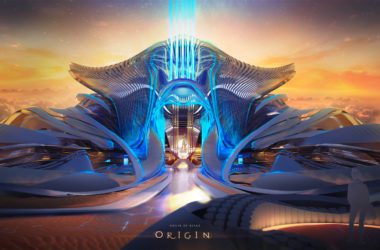Quick take:
- Leading NFT aggregator platform Gem has launched bubble maps integration to enhance NFT analytics.
- Users will now be able to view the top 150 NFT holders from all connections on Ethereum.
- They will also be able to track any activity between the wallets.
Leading non-fungible token aggregator platform Gem has announced bubble maps integration, allowing users to view the top 150 holders of all NFT collections on Ethereum whilst also enabling them to identify any transactions between the wallets.
Posting Friday on Twitter, Gem wrote: “View the top 150 holders of all NFT collections on Ethereum and find deeper connections between their wallets!”
To view any activity between wallets, users click on the Analytics tab and then head to holders. They can view ETH transfer details by clicking on a bubble from the map.
The wallet dropdown list can be accessed from the panel on the right, which allows users to view the top 150 holders from all collections on Ethereum.
Gem was recently acquired by the world’s leading NFT marketplace OpenSea, in an undisclosed deal. The agreement provided that Gem will continue to operate independently, whilst exchanging technologies and features with OpenSea to improve both platforms.
Created by Moonlight Token, Bubble Maps are not new in the crypto space. The BNB Chain already uses them to allow platform users to explore tokens in an interactive way.
Each token can display up to 150 holders, which are represented by bubbles. As a result, the biggest bubble represents the biggest holder and vice-versa.
The bubbles form clusters to illustrate activity between two or more wallets. These clusters can be used to deduce the type of wallet involved in an activity.
For instance, if a wallet seems to be making several outgoing transactions to a cluster of other bubbles, it is most likely an exchange. On the other hand, if a bubble is attracting several incoming payments, then that suggests it may likely be a pre-sale or a private sale.
Bubbles can also be used to identify suspicious token activity, by identifying relationships between clusters.
While the Bubble Maps have become very adaptable in token trading, NFT aggregator platforms seem to be ready to embrace the same technology to help traders avoid putting money in suspicious collections.
Stay up to date:





